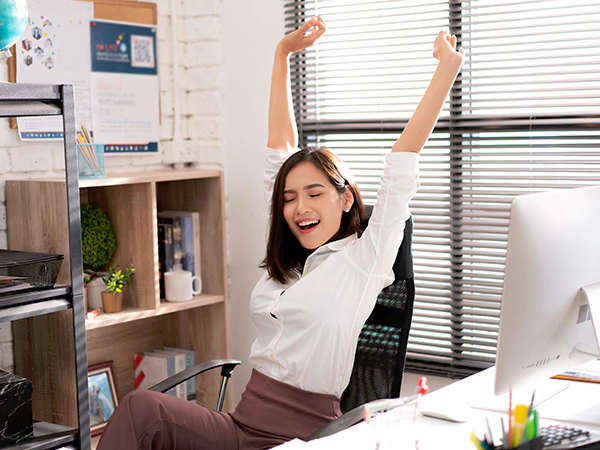Do you frequently experience pain in your hips after running?
Hip pain is a common injury that plagues many athletes, especially runners.
There are various causes of hip pain, but one common cause behind it is hip flexor strain.
Keep reading to learn more about hip flexor pain after running – and what you can do to alleviate it.
Hip Flexor Pain After Running
One of the most common culprits of hip pain is hip flexor strain.
Hip flexors are a group of muscles that allow you to bend at the waist, bend and lift your legs, and kick high.
A strain in the hip flexors is a stretch or tear in these muscles that is caused to overuse – it may occur with one big slip or repetitive small slips while running on a slick surface, such as snow.
It is a common injury among athletes, especially those who run, jump, or participate in activities that involve a lot of kicking, like soccer.
What to Do About Hip Flexor Pain After Running
Whether you just feel that your hip flexor is sore after running or if you’re truly in pain, here are some things that you can do to alleviate the pain or discomfort (and what you can do to avoid further injury):
- Do a hip flexor stretch. Standing in a wide walking position, put both hands on firm support in front of you. Then lunge forward and bend your front knee.
Push your hips forward while keeping your back straight. Hold this position for 20 – 30 seconds and repeat it 5 times.
- Rest. While the pain is intense, make sure to get some rest and sleep. Finding the best sleep position for the hip flexors can be hard, but not impossible.
Some of our best tips include sleeping on your side with a pillow between your knees and avoiding sleeping on your stomach.
- Check your running form. Always practice proper running form and distribute your weight as you take strides. It’s common for runners to have one leg that’s slightly shorter than the other and/or to have a strong leg.
You can still overcome these imbalances by being intentional with your form, but even more effective in making sure your pelvis is aligned and you don’t have tightness around the hip that is pulling you out of place.
Disclaimer: The information on this site is not intended to be a substitute for professional medical advice, diagnosis, or treatment. All information contained on this website is for general information purposes only.

